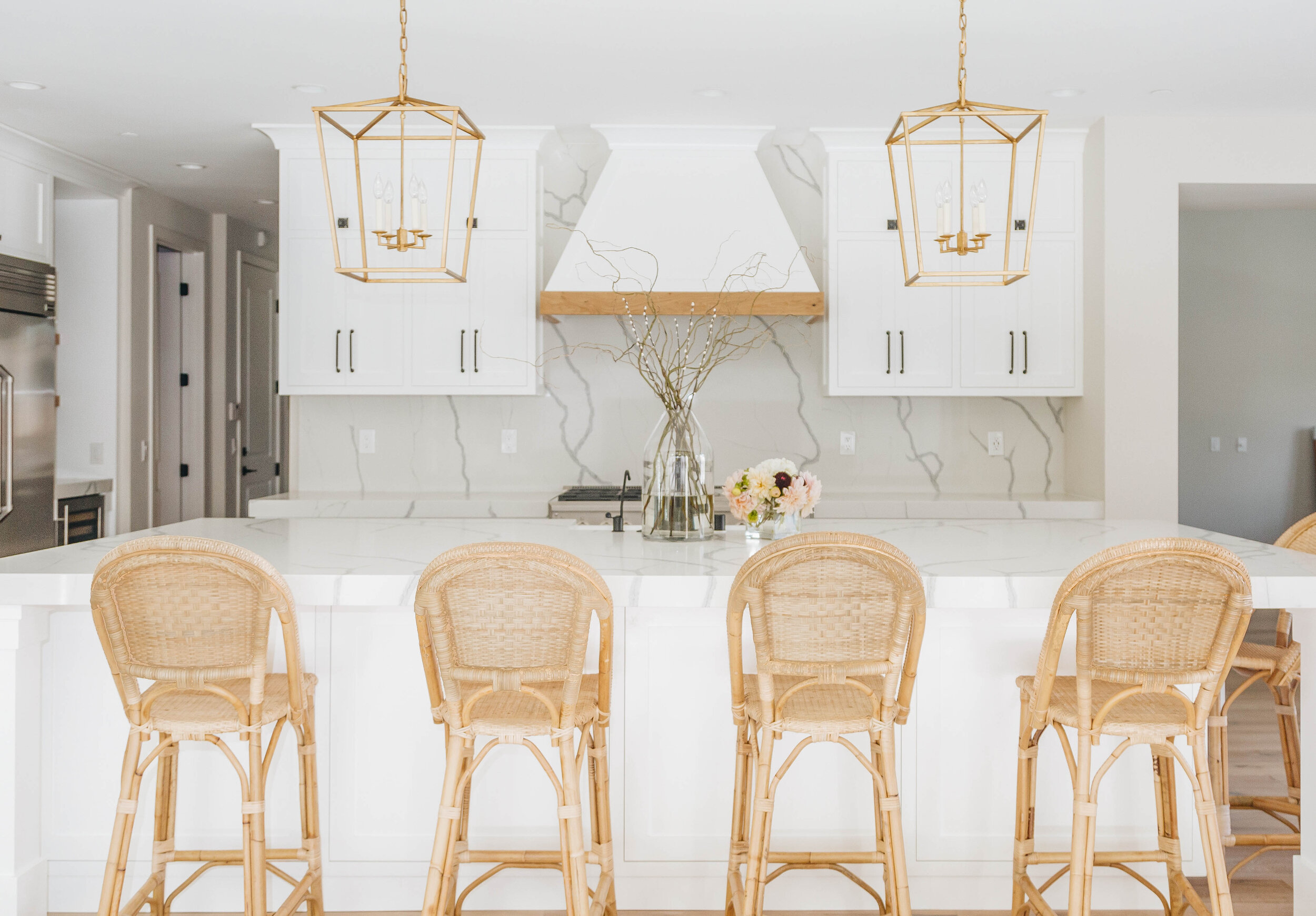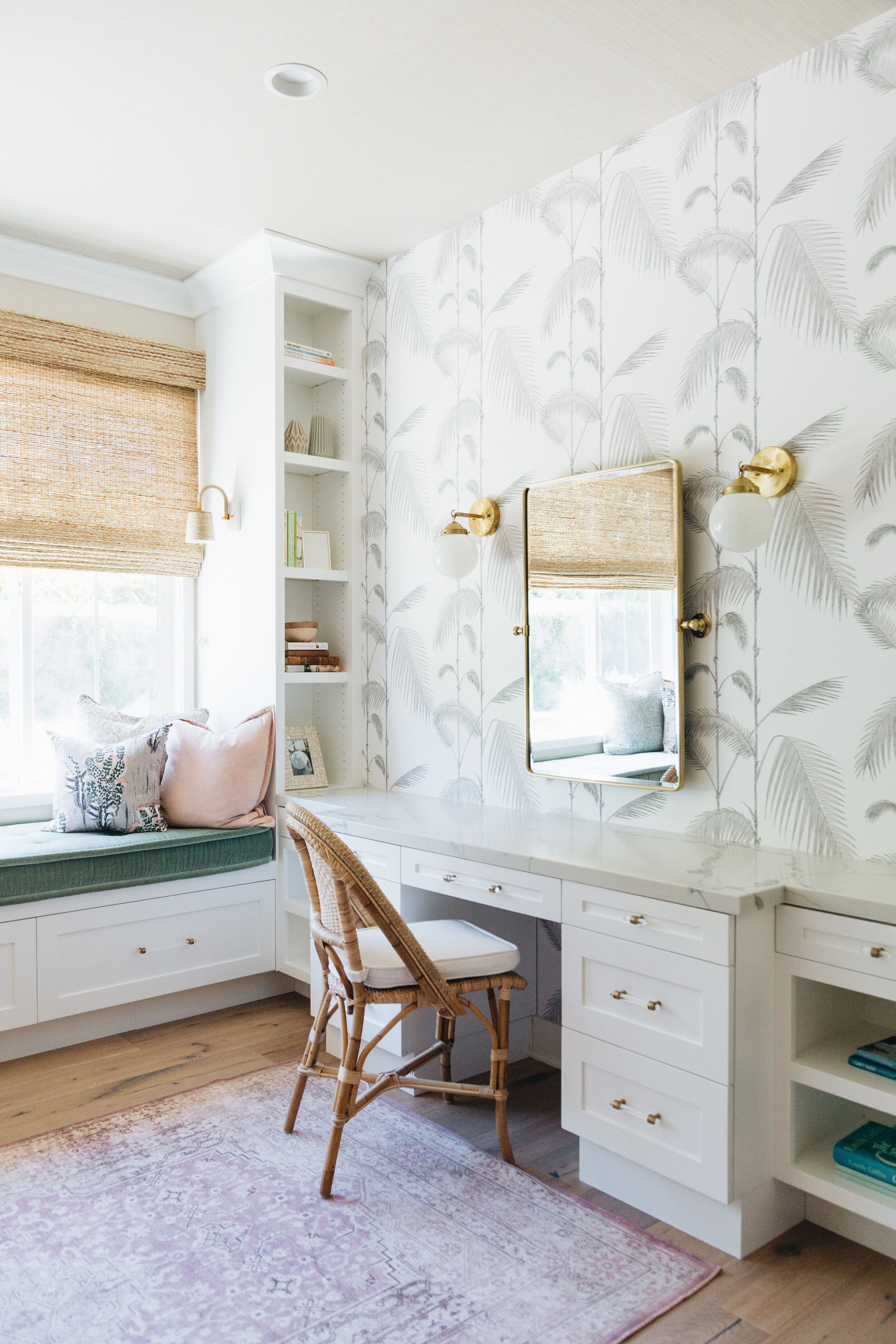The Five Senses of Home: Designing Beyond What You See
The Five Senses of Home: Designing Beyond What You See
Understanding why home is a feeling, not just a look
You know that moment when you walk into a space and your entire body relaxes? Your breathing deepens, your shoulders drop, something fundamental shifts. You can't always explain what makes one space feel like a sanctuary while another feels like a showroom, but you feel the difference immediately. That's because home is a feeling long before it becomes a look.
The Sound of Coming Home
Sound shapes how long people stay in spaces. A restaurant that's too loud makes you want to finish your meal and leave. A bedroom where you can hear every sound from the street keeps you from sleeping deeply. A living room where the television competes with kitchen noises makes conversation impossible. These aren't small details. They determine whether you can actually relax in your own home.
The spaces that feel best have what we call acoustic warmth. Rugs under foot that muffle footsteps. Curtains or upholstered furniture that catch sound. Wood elements that absorb rather than reflect noise. Materials chosen not just for how they look but for how they make spaces sound and feel.
Touch: The Texture of Daily Life
Every morning you touch dozens of surfaces without thinking about it. The floor under your bare feet when you first wake up. The door handle you grip to open the bathroom. The countertop where you lean while coffee brews. The chair you pull out to sit down. Each of these touch points either adds to your sense of comfort or creates subtle stress.
Your home contains hundreds of these touch moments. The bannister you grip climbing stairs. The light switch you flip in the dark. The drawer pulls you use ten times a day. The bedding you slide into at night. When these surfaces feel good, when they're made from quality materials that respond well to human touch, your home feels more generous. More welcoming. More yours.
Natural materials tend to feel better than synthetics. Real wood has warmth that laminate lacks. Stone stays cool in summer and moderates temperature. Metal develops patina that tells the story of use. Fabric with actual fiber content drapes and moves differently than polyester. These aren't aesthetic preferences. They're physiological responses to materials that have been part of human experience for millennia.
Scent: The Memory You Can't See
Scent creates memory more powerfully than any other sense. Your home has a scent whether you're aware of it or not. The question is whether that scent makes you feel calm and grounded or whether it makes you want to open all the windows immediately. Spaces that smell stale or chemical or like they're trying too hard with artificial fragrance never feel like home no matter how beautiful they look.
Good airflow creates good scent. When we learned about cross-ventilation during our time in Bali, it changed how we think about windows forever. Spaces need to breathe. Fresh air moving through your home brings outdoor freshness inside, cycles out stale air, and makes you feel more alive. This is why we're always advocating for windows that actually open, for layouts that create natural air paths, for blurring the lines between indoor and outdoor spaces.
Material choices matter enormously here. Real materials smell different than synthetic ones. Wood has a subtle warmth that particle board will never match. Natural fibers in rugs and curtains smell clean when new and neutral as they age. Plants bring that green, living scent that makes spaces feel vital.
Light: How a Space Changes Mood Throughout the Day
Natural light might be the single most important element for how a space actually feels to be in. Morning light is cool and clear, making you want to engage with the day. Midday light is bright and practical, supporting whatever work needs doing. Late afternoon light turns golden and generous, making colors richer and moods softer. Evening light becomes intimate and forgiving, inviting you to slow down and connect.
When we design spaces, we're constantly thinking about how light moves and changes hour by hour. Where does morning sun enter and how can we celebrate that energy? Which rooms need protection from harsh midday glare? Where do you want soft evening light for reading or conversation or simply being?
Bringing the Senses Together
The word sanctuary means a place of refuge and safety. Your home should be exactly that. Not a showroom you're afraid to touch. Not a space that looks good but feels wrong. A genuine sanctuary where all your senses can relax simultaneously. A home where you exhale when you walk in. A kitchen where you want to cook. A bedroom where you sleep deeply. A living space where conversation flows naturally. Rooms where people linger long after they planned to leave.
We've worked on enough projects to know what makes the difference between a house and a home. It's not the budget or the square footage or the trending finishes. It's whether the space holds you. Whether it makes you feel safe and grounded and completely yourself. Whether walking through the door at the end of a long day feels like your nervous system can finally downshift.
That holding quality comes from engaging all your senses in service of comfort. Sound that doesn't jar you. Light that shifts with the day. Materials that invite touch. Scent that grounds you in place. Even taste, when your kitchen makes cooking feel good enough that meals become pleasurable again.
Let's create a space where you can breathe deeply and be home.













